Cervicogenic Dizziness: A review of Diagnosis and Treatment
Wrisley, D. MS, PT, NCS, et al. Journal of Orthopaedic and Sports Physical Therapy 2000;30(12):755-766
Dizziness is a common symptom that we see as Upper Cervical Doctors. This article does a great job of covering the basics in diagnosis, pathophysiology (abnormal function) and treatment.
Vertigo and Dizziness impact how your ability to take care of yourself and those you love.
· Cervicogenic (coming from the neck) dizziness is most often associated with flexion-extension injuries. Most commonly reported in patients who report ataxia, unsteady gait, posture imbalance associated with neck pain, limited cervical range of motion, and headaches.
· 20% of individuals who experience whiplash complain of neck pain months after the injury occurred.
· Although dizziness, vertigo and disequilibrium do not frequently occur at initial presentation, 20-58% of individuals who have sustained closed head or whiplash injury experience these symptoms.
· Strong connections have been demonstrated between the cervical dorsal roots and the vestibular nuclei with the neck receptors (proprioceptors, mechanoreceptors) playing a role in perception of balance and postural adjustments.
· Current theory that cervicogenic dizziness is due to abnormal afferent input to the vestibular nucleus from damaged joint receptors in the upper cervical region.
· A cyclical pattern may exist such that cervical muscle spasms contribute to dizziness and dizziness contributes to muscle spasm.
· Manual therapy is recommended treatment for cervicogenic dizziness to decrease the irritation of the cervical proprioceptors from muscle spasms and trigger points.




